
THE DIRT ON JBG'S COVER CROPS
07/28/17 — Heydon Hatcher
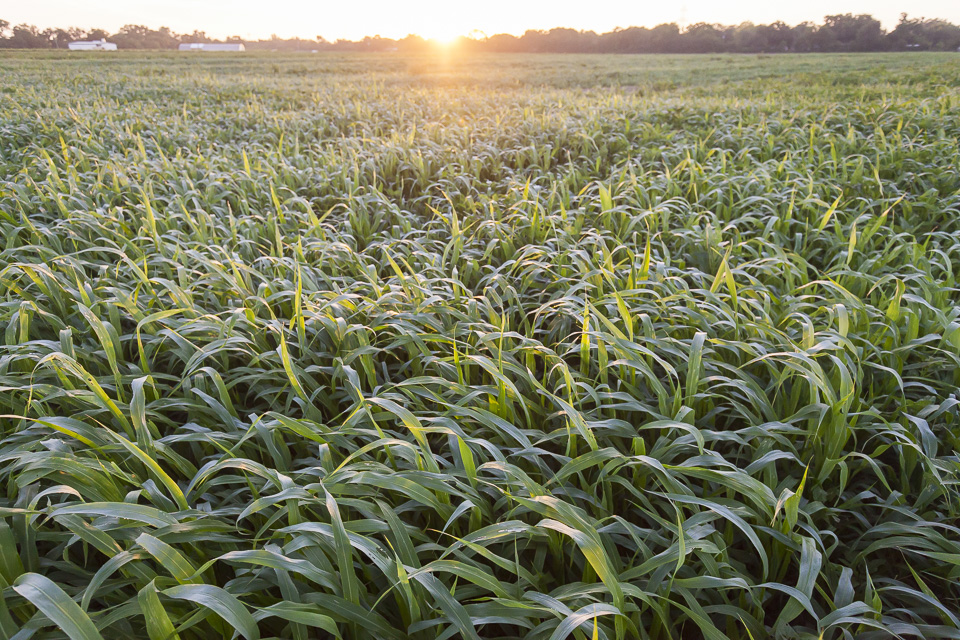 Photo by Scott David Gordon.
Photo by Scott David Gordon.
Have you ever heard of cover crops? If not, you’re in luck because this week we are geeking out on them and all the benefits they provide for us out at the farm. Cover crops are a crop grown for the protection and enrichment of the soil, not for profit. They are used in vegetable rotation for a multitude of reasons, one of which is perpetuating soil health, as vegetable production depletes the soil of nutrients and ultimately limits productivity. There are lots of different cover crops to choose from, especially depending on the season, but currently we are using Sorghum sudangrass, Buckwheat, and Iron and Clay Cowpeas which are all very fast growing, drought tolerant, and love the heat. Right now, we have 45 acres of the farmland planted with cover crops (that’s a fourth of our entire farm!). They protect the soil from erosion that wind and rain can wreak upon unoccupied soil. Bare soil absorbs solar radiation which dries it out, creating massive hard, cracked clods of soil. Plus, the unimpeded heat and direct sun kills the beneficial microorganisms within the soil. Cover crops make for an awesome environment for advantageous bugs, keeps the dust down, quells soilborne diseases, among a plethora of other things.
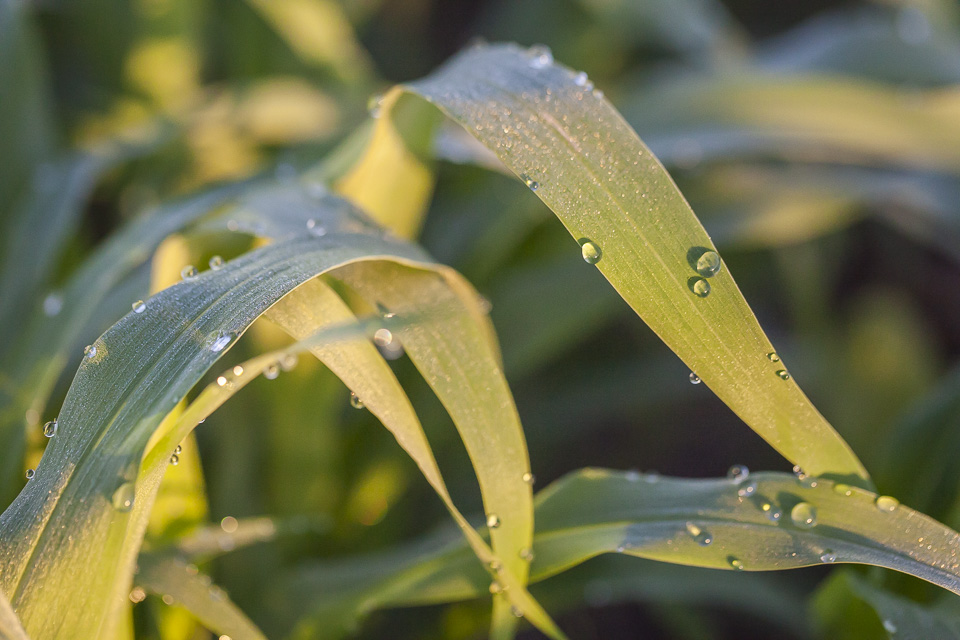 Photo by Scott David Gordon.
Photo by Scott David Gordon.
Lots of nutrients are left in the soil at the end of cropping cycles. For example, when we put down a layer of compost for a squash crop, the crop doesn’t necessarily utilize all the nutrients readily available in the soil during it’s life cycle. Nitrogen, an integral element for vegetable farming and all gardening in general, is water soluble so it’ll wash away (this is something that is especially important to note for us because our farm is situated proximal to a couple waterways); thus, the cover crop will sop up the nutrients and save them for the next crop cycle. When we go through, mow, and till the crop back into the soil, the cover crop will decompose, and the nitrogen that has been absorbed into the plant structure will stay in the soil to nourish the next installment of veggie crops.
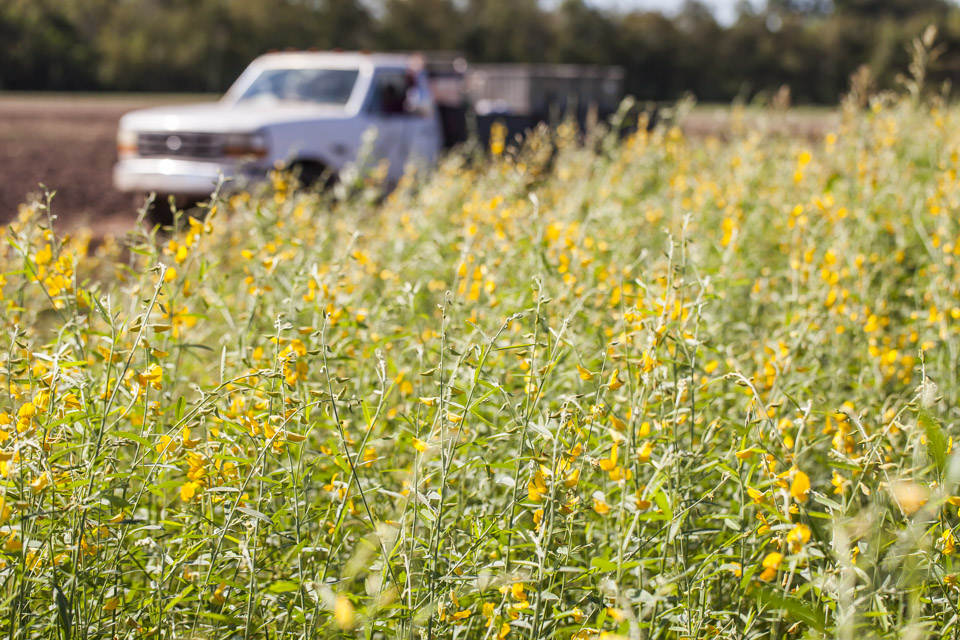 Photo by Scott David Gordon.
Photo by Scott David Gordon.
Carbon and nitrogen are in the soil, so when we till the soil, carbon is released into the environment as nitrogen is released into the soil simultaneously. When we use cover crops, we keep our carbon footprint net neutral since the plants pull carbon from the atmosphere, and absorbs it into the plant structure. When the cover crops are tilled, microorganisms within the soil feed on the raw organic matter and break it down. The composted and broken down remains of the cover crops is known as humus, which is rich in minerals essential for plant health. All of this maintains a healthy microbiome in the soil, and if you maintain this, it helps prevent diesase, and benefits the crops exponentially. Maintaining a healthy microbiome is a very important tenant in organic farming.
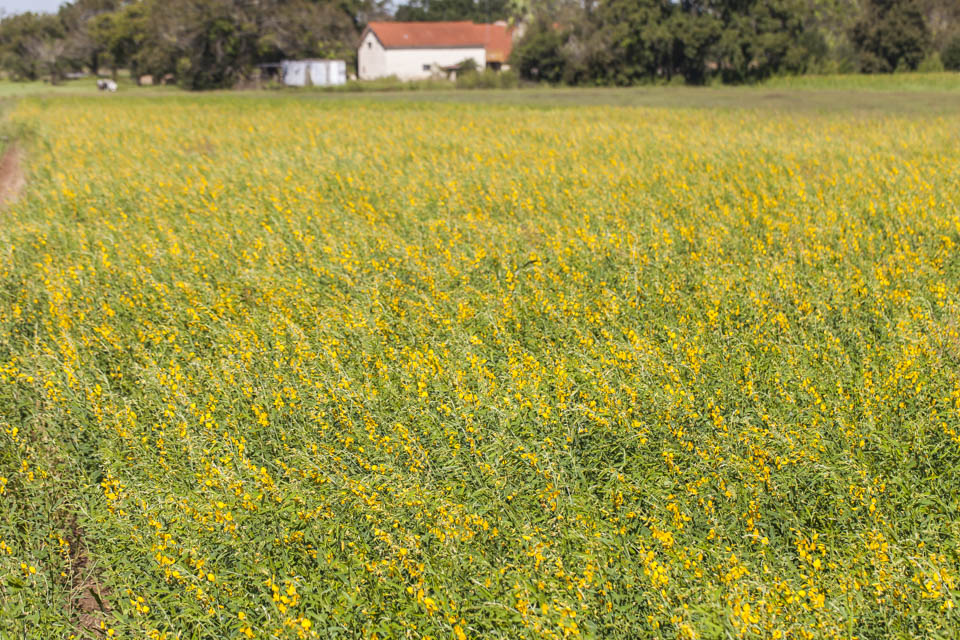 Photo by Scott David Gordon.
Photo by Scott David Gordon.
Cover crops also aids in water management. Water percolates more efficiently if there are root systems, plus the plants also trap surface water, reducing evaporation. Whereas, if you have hard, dry, cracked soil, the water oftentimes cannot easily infiltrate which can lead to flooding.
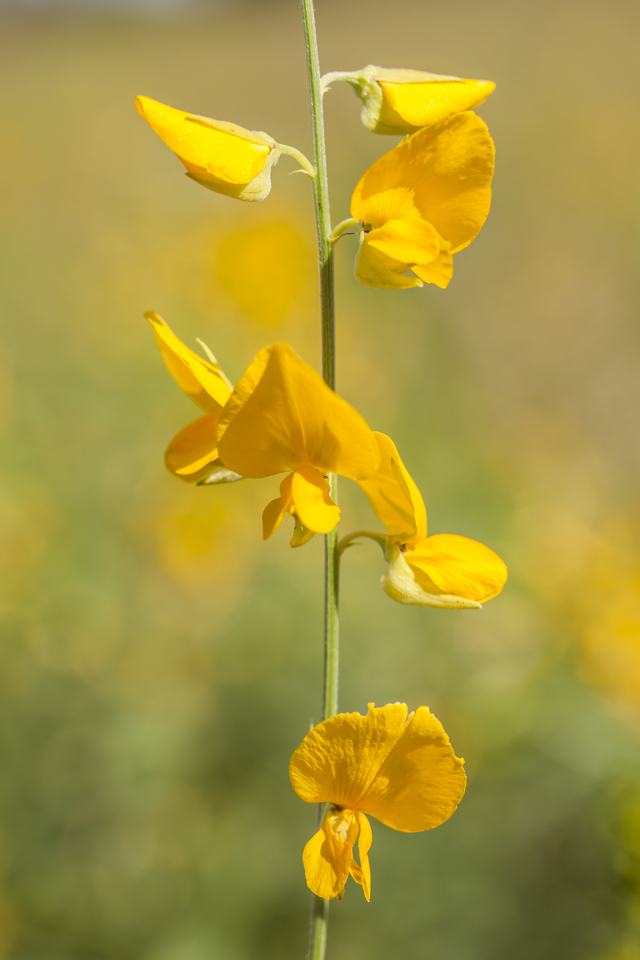 Photo by Scott David Gordon.
Photo by Scott David Gordon.
Additionally, another huge and underestimated perk of cover cropping is that they outcompete weeds to survive. Weeds cannot thrive in the shade that cover crops provide, which in turn reduces the amount of weeding that we have to do in the long run. The benefits of cover cropping abound! We hope that this shed some light on one of our most useful farming practices... 'til next time!






 0 ITEMS IN CART
0 ITEMS IN CART 

